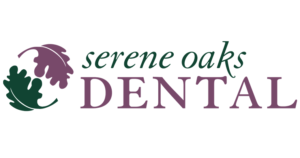Home Care for Children’s Teeth
It may seem silly to start brushing a baby’s first tooth, but in reality it is setting up good habits for the future. It is ideal to start even with a washcloth in an infants mouth and then progress into a soft bristled brush. While the child is under the age of 3 and not able to spit, the toothpaste if used should be non-fluoridated. If ingested, fluoride at high enough levels can be toxic. Once a fluoridated toothpaste is used, it should only be pea sized. Parents should allow their child to brush their own teeth, but make sure that they brush them thoroughly as well. Children generally do not have the dexterity until their are closer to 8 years old. We also recommend starting to floss children’s teeth even when there are large spaces between the teeth. Again, this sets the child up for good hygiene habits as well as removes more plaque bacteria.
As the mother of a 3 year old and a 1 year old, I’ve had my own experience with how fun and how not fun taking care of my children’s teeth can be. My daughter took to the habits naturally, but my son is not a fan. As easy as it would be to not fight his resistance, we push through the struggle with getting in to his mouth and hopefully he will warm up to the idea of brushing and flossing as a good thing. We try to keep this time positive by showing him how we do it, being silly with him and really cheering him on when he tries it himself. The Academy of Pediatric Denstists agree with being “cheerfully persistant.” We find that placing our children in our lap for flossing is the easiest way to access their mouth. Positioning them this way also allows us the most control over their resistance and offers the most safety as well.
I would encourage any parent to keep at it if they have a resistant little one even though it’s easier to put it off or even give up. Make sure to have regular check up’s so we can help cater to your child’s individual needs and to ensure the best oral health of your child.
